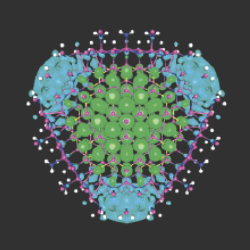Article contents
Nanostructured materials for improved photoconversion
Published online by Cambridge University Press: 22 March 2011
Abstract

The drive to make solar energy competitive with conventional energy sources has prompted the investigation of new photoconversion technologies, often referred to as third-generation photovoltaics, which have both lower cost and improved efficiency compared to existing technologies. In that framework, nanostructured materials, such as nanocrystals, nanowires, and nanotubes, occupy a prominent place because of their potential advantages over crystalline or thin-film photovoltaics technologies—high tunability of the bandgap via size control, strong band-edge absorption coefficient, efficient multiple-exciton generation by a single photon, and possibly high up-conversion efficiency. The ability to control the size, shape, composition, and surface termination of nanostructures provides new degrees of freedom that are inaccessible in conventional solar cell architectures. At the same time, the ability to explore this vast configuration space by synthesis and characterization alone is limited, which makes computational interrogation of the electronic and optical properties of nanostructures particularly valuable. In recent years, the convergence of new algorithms and new computational capabilities has made it possible for the first time to perform accurate electronic-structure calculations for large nanostructures. This article reviews recent developments in both semi-empirical and first-principles atomistic electronic structure methods that have led to accurate predictions and to a better understanding of carrier generation, relaxation, and recombination processes in nanostructured materials.
- Type
- Research Article
- Information
- MRS Bulletin , Volume 36 , Issue 3: High-performance computing for materials design to advance energy science , March 2011 , pp. 192 - 197
- Copyright
- Copyright © Materials Research Society 2011
References
- 6
- Cited by


